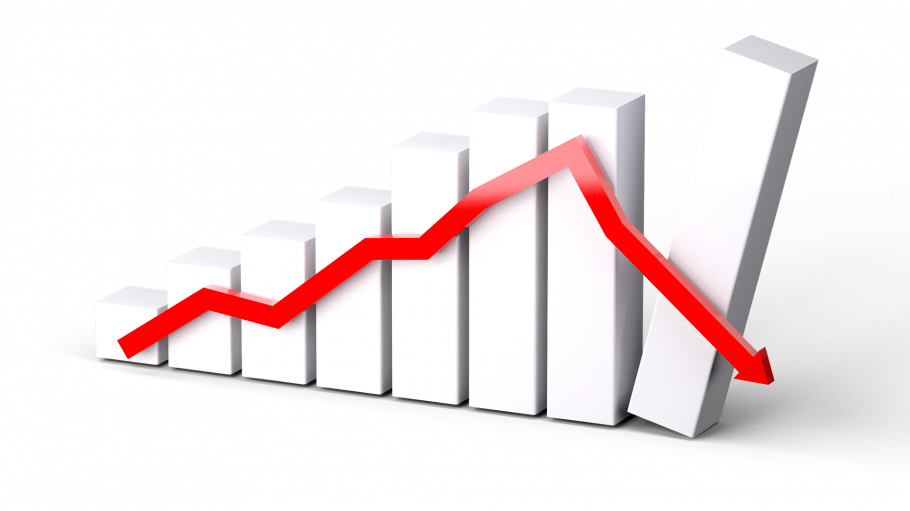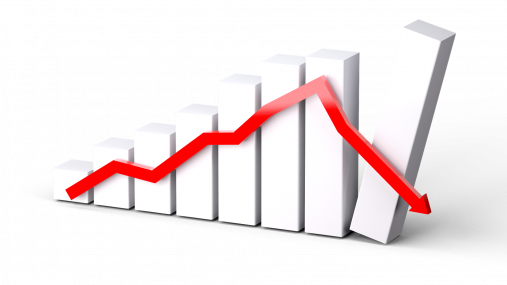
Press releases » High uncertainty slashes growth prospects for 2022, risk of new recession looms
High uncertainty slashes growth prospects for 2022, risk of new recession looms
Downloads and links
Recent updates

The positive trend in steel demand and apparent steel consumption observed in the first three quarters of 2021 persisted in the fourth quarter, although at a slower pace. At the same time, throughout 2021 EU steel imports increased massively by 32%. However, soaring energy prices, ongoing disruptions in global supply chains and the shock due to the war in Ukraine are set to weigh heavily on the outlook for 2022, potentially resulting in the third contraction of steel consumption (-1.9%) over the past four years.
“The evolution of the steel market for 2022 and 2023 remains subject to a high level of uncertainty, which is likely to continue to undermine demand from steel-using sectors”, said Axel Eggert, Director General of the European Steel Association (EUROFER). “In the current context, amidst a worsening energy crisis and shortages in raw materials, we cannot exclude a new recession or a stagflation scenario”, he warned.
Steel consumption strongly rebounded in 2021 (+15.2%), after the deep slump (-10.7%) experienced in 2020 caused by the pandemic. However, this trend is expected to reverse in 2022 with a new recession, albeit milder (-1.9%), followed by recovery in 2023 (+5.1%). High uncertainty is set to last at least until the end of 2022, subject to developments around of Russia’s invasion of Ukraine – which as of now remain unpredictable – and its consequences on global supply chains.
Domestic deliveries saw a modest growth in the fourth quarter (+0.6%, after +6.5% in the third quarter), reflecting the slowdown in demand within the EU over the second half of 2021. Throughout 2021, deliveries sharply recovered (+10.7%) from a two-year recession (-9.6% in 2020 and -4.2% in 2019).
EU imports recorded an impressive double-digit rise for the third time in a row (+43%, following +48% in the third and +45% in the second quarter, respectively). As a result, in 2021 imports from third countries significantly rose (+32%) after two consecutive drops (-17.1% in 2020 and -10.9% in 2019), mirroring the improvement in steel demand and showing a persistently high import penetration.
Despite soaring energy prices over the second half of the year, component shortages and lower output weighing in particular on the automotive sector, total output in steel-using sectors in 2021 marked a rebound (+7.3%) after the pandemic (-8.4%) in 2020. However, it considerably slowed down in the fourth quarter (+0.7%) and in the third (+2.2%), after the rally in the second (+26.3%).
The rapid deterioration of the global situation following Russia’s invasion of Ukraine has cast further shadows on the steel-using industries’ outlook. As a result, growth in output is expected to be halved in 2022 (+2% compared to +4% February forecasts) and to remain modest in 2023 (+2.3%).
Contact
Lucia Sali, Spokesperson and Head of Communications, +32 2 738 79 35, (l.sali@eurofer.eu)
About the European Steel Association (EUROFER)
EUROFER AISBL is located in Brussels and was founded in 1976. It represents the entirety of steel production in the European Union. EUROFER members are steel companies and national steel federations throughout the EU. The major steel companies and national steel federation of Turkey and the United Kingdom are associate members.
The European Steel Association is recorded in the EU transparency register: 93038071152-83.
About the European steel industry
The European steel industry is a world leader in innovation and environmental sustainability. It has a turnover of around €125 billion and directly employs around 310,000 highly-skilled people, producing on average 153 million tonnes of steel per year. More than 500 steel production sites across 22 EU Member States provide direct and indirect employment to millions more European citizens. Closely integrated with Europe’s manufacturing and construction industries, steel is the backbone for development, growth and employment in Europe.
Steel is the most versatile industrial material in the world. The thousands of different grades and types of steel developed by the industry make the modern world possible. Steel is 100% recyclable and therefore is a fundamental part of the circular economy. As a basic engineering material, steel is also an essential factor in the development and deployment of innovative, CO2-mitigating technologies, improving resource efficiency and fostering sustainable development in Europe.

Download files or visit links related to this content
Brussels, 02 July 2025 – The 90% climate target proposed today by the European Commission demands an unprecedented transformation of EU society and industry in just 15 years. The European steel industry is already doing its part, but a viable business case for the transition is still lacking. To enable it, the EU needs to implement the Steel and Metals Action Plan much more decisively, delivering a highly effective trade protection against global overcapacity, access to internationally competitive low carbon energy and scrap, and a watertight CBAM, says the European Steel Association.
How global overcapacity is destroying European industries
European Steel in Figures 2025 is EUROFER's statistical handbook, laying out in an easy-to-use format the key statistics and data about the performance and footprint of one of Europe's most important strategic sectors